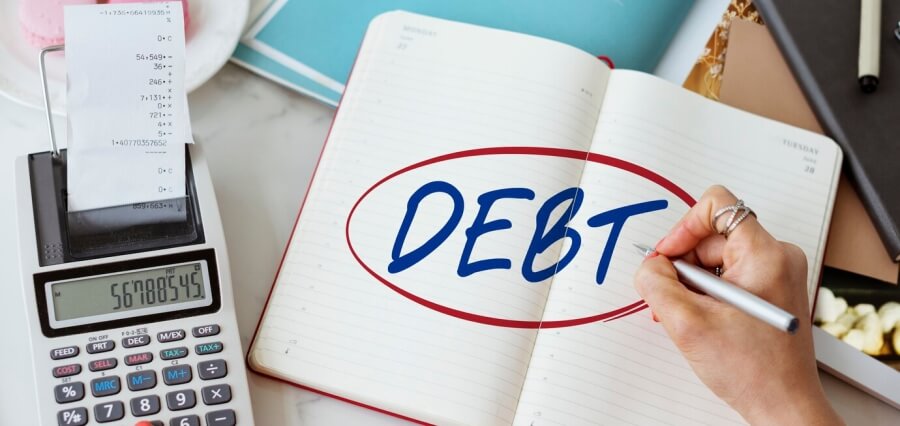Dealing with debt can feel like an overwhelming challenge. This can be especially true in a fast-paced city like New York, where the cost of living is high and financial pressures are constant. In fact, according to the Federal Reserve, total household debt in the U.S. reached $16.9 trillion in the third quarter of 2023. This increase highlights just how widespread the issue is.
Therefore, taking control of your finances is crucial for reducing debt, regaining peace of mind, and securing your financial future. This guide offers essential tips to help you start on the path to financial freedom. From understanding your current situation to exploring solutions, we’ll cover everything you need to know.
So, keep reading!
Assessing Your Financial Situation and Budgeting for Success
To effectively tackle your obligation, start by understanding your financial situation. Gather all your financial statements, including credit cards, loans, and any other deficits. Then, create a list or spreadsheet with details like the balance, interest rate, and minimum payment for each. Knowing how much you owe and how your payments are divided between the principal and interest will help you decide which liabilities to pay off first.
Next, create a realistic budget to manage your income and expenses. List all income sources and necessary expenses. Then, review discretionary spending areas where you can cut back. By reducing unnecessary expenses, you can allocate more money toward the repayment of financial obligations. Setting aside a portion of your income each month for deficit can accelerate repayment and improve financial control.
Prioritizing Debt Repayment
With your budget set, it’s time to focus on paying off your liabilities. There are two main strategies you can use:
- Snowball Method: This method involves paying off your smallest deficits first. As you clear these smaller ones, you build momentum and motivation to tackle larger ones.
- Avalanche Method: This approach targets obligations with the highest interest rates first. It can save you more money over time by reducing the total interest you pay.
Whichever method you pick, be consistent. Try to pay more than the minimum payment whenever you can. This helps reduce your financial liabilities faster and lowers the overall amount you owe.
Exploring Debt Relief Programs
Sometimes, despite your best efforts, managing obligations on your own can be overwhelming. This is where relief programs can make a significant difference. These can negotiate with creditors on your behalf. They can lower interest rates or consolidate your deficit into a single, more manageable payment.
For those in New York, exploring a debt relief program in New York can provide tailored solutions that address your specific financial situation. These solutions offer professional guidance and support. They help you manage the complexities of deficit management with more confidence. So, by considering this, you can proactively reduce your obligation and achieve financial stability.
Building a Financial Safety Net
While paying down the deficit is essential, building a financial safety net is also important. Having an emergency fund can prevent you from falling back into obligation when unexpected expenses arise. This may include medical bills or car repairs. Start small, even if it’s just setting aside a few dollars each week. Over time, these savings will grow, providing you with a cushion against financial surprises.
Automating your savings can make this process easier and more consistent. By automatically transferring a portion of your income into a savings account, you reduce the temptation to spend. Also, it ensures that your emergency fund continues to grow. Overall, this approach provides peace of mind and helps you stay on track with your liabilities repayment goals.
Staying Motivated and Tracking Progress
The journey to becoming liability-free can be long and challenging, but staying motivated is key to success. One way to maintain motivation is by celebrating little wins along the way. Whether it’s reaching a savings milestone or paying off a credit card, these achievements remind you that your efforts are paying off.
Regularly reviewing and adjusting your budget and repayment plan is also important. As your financial situation changes, you may need to make tweaks to ensure you stay on track. Using financial tools like apps or planners can also help you. It will let you monitor your progress and keep your goals in sight. This way, you’ll be better equipped to handle challenges and continue making strides toward financial freedom.
The Parting Words!
Taking control of your finances and reducing your obligations requires dedication, strategy, and consistent effort. By following these tips, you can set yourself on the path to financial stability.
Remember, the journey may be challenging. But the peace of mind that comes with financial freedom is well worth the effort. So, start today, take small steps, and consider professional support if needed—you have the power to turn your financial situation around.














